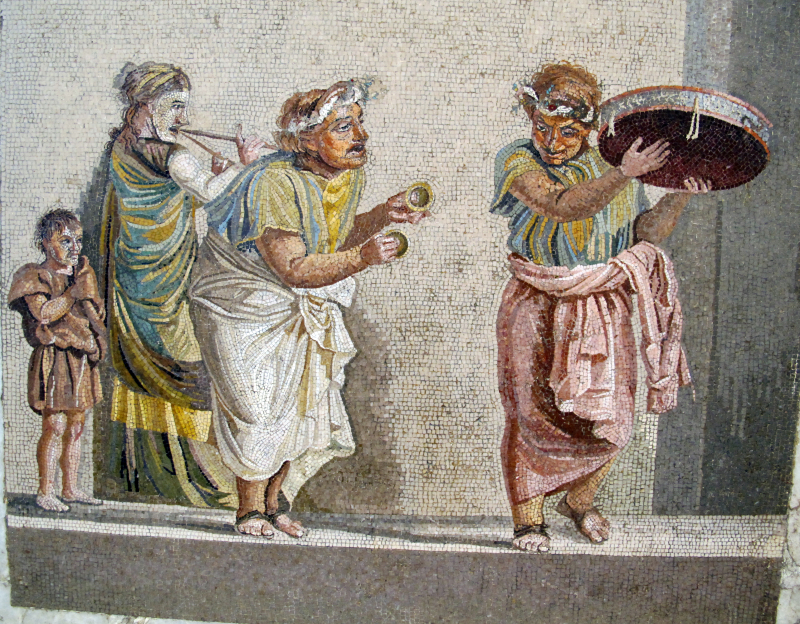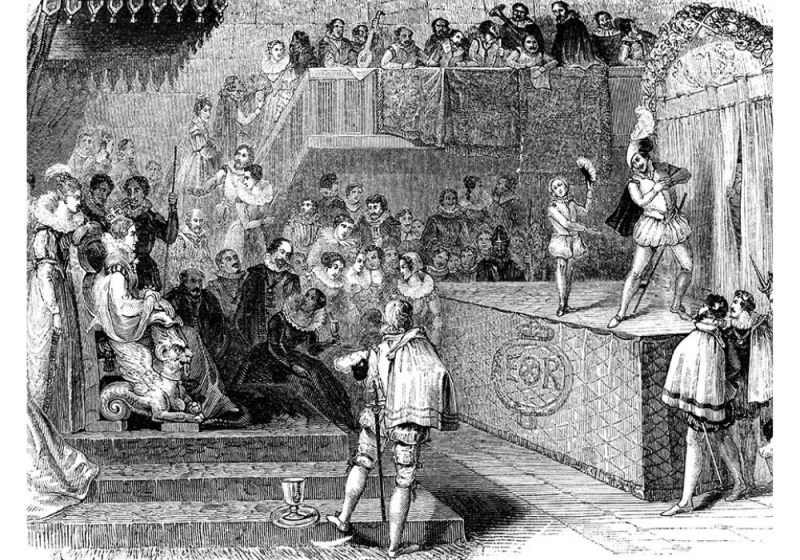Musical and Theatrical Performances
The Ancient Rome theater, which had its roots in Ancient Greece, infused new life with its expansive venues and subtle theatrical flourishes over time. Acrobatics, street performances, nude dance, articulated tragedies, and other forms of art may be seen. Professional musical and theatrical productions have been presented at every public and religious festival since the rise of the Roman Empire.
Another Ancient Roman Game and Recreation is Ludi Romani, which is sung as an homage to Jupiter. The Roman calendar was crowded with numerous public and religious holidays, suggesting that Romans frequently experienced great artworks. Even today, the same kinds of ancient Roman plays are linked with mimes, melodramas, circus acts, comedies, and tragedies. Their sets were opulent and beautifully made. Their costumes and accessories, including the clowns and other clichéd figures, cost a lot of money. Several provinces have declared bankruptcy as a result of the high costs.
Roman tragedies expressed one's love for oneself, the glory of God, and the dignity of the deceased. These were the main issues of everyday living in ancient Rome. So, the theatrics were a reflection of their actual existence. The Estruceans sent the Romans Livy around 364 BC, making it the oldest musical performance of the Romans. Similar to that, some of Terence's well-known comedies are The Eunuch, The Mother-in-law, and Adelphi: The Brothers. However, Seneca, who elaborated on the Greek models, is the most well-known playwright. His works broadened the horizons of Roman playwrights and were compelling dramas. As a result, the audiences are kept on the edge of their seats and wanting more.












